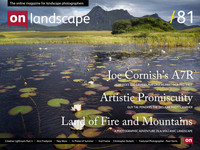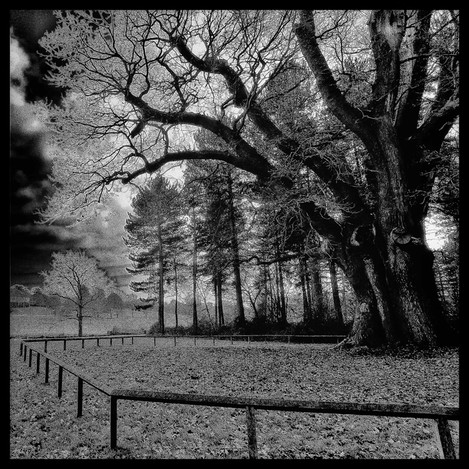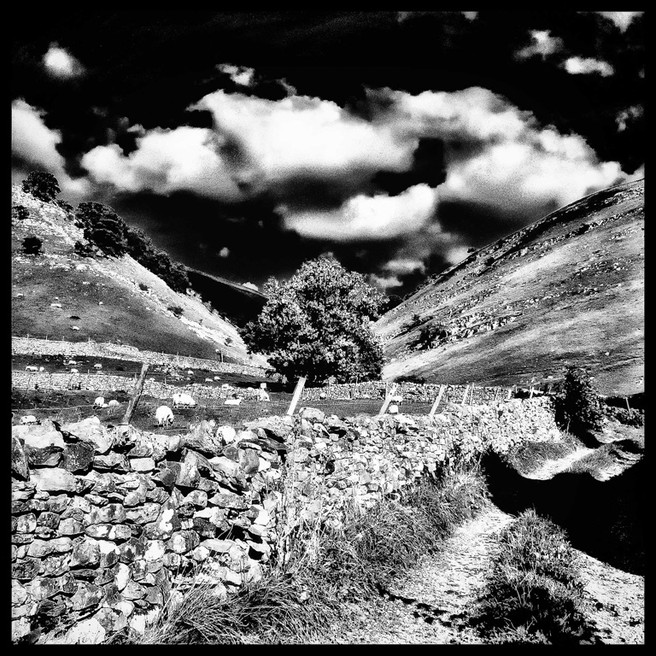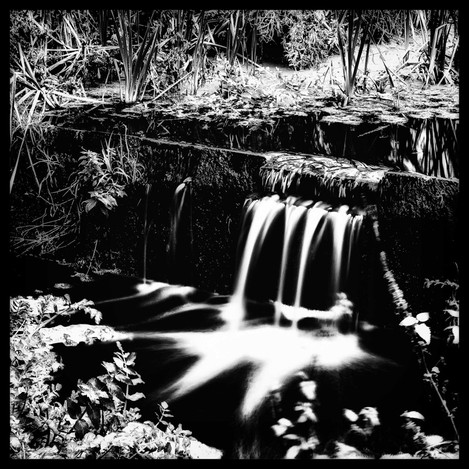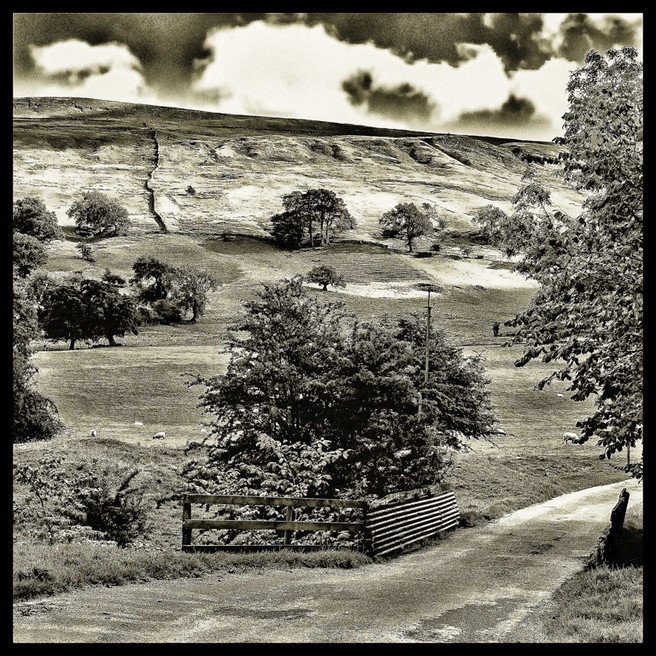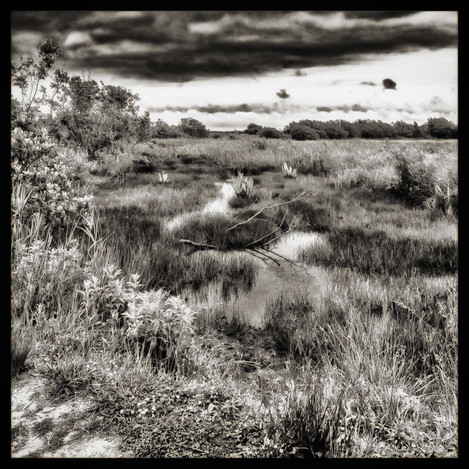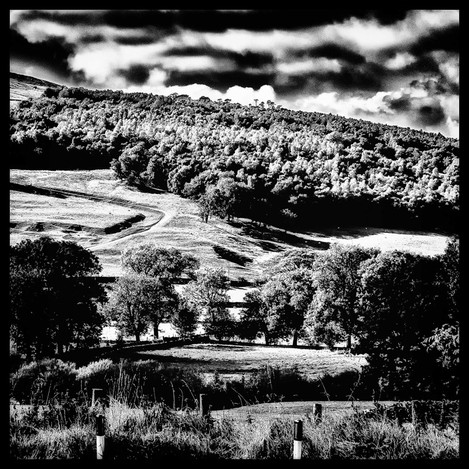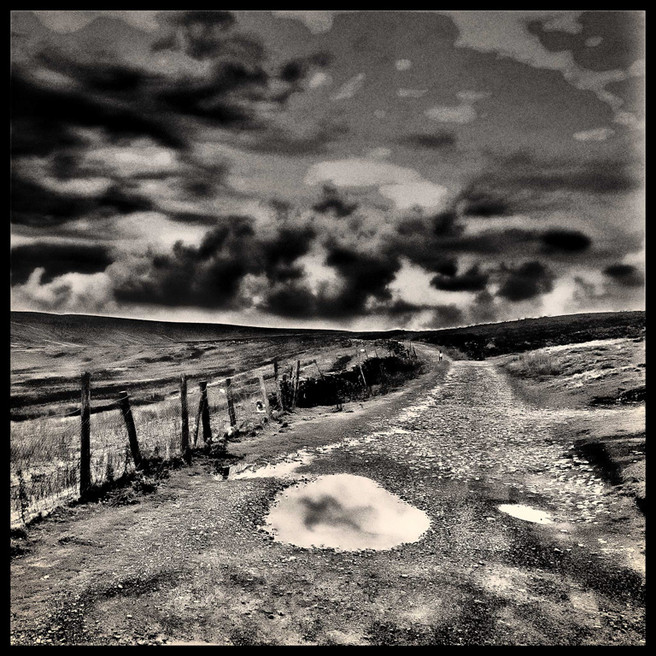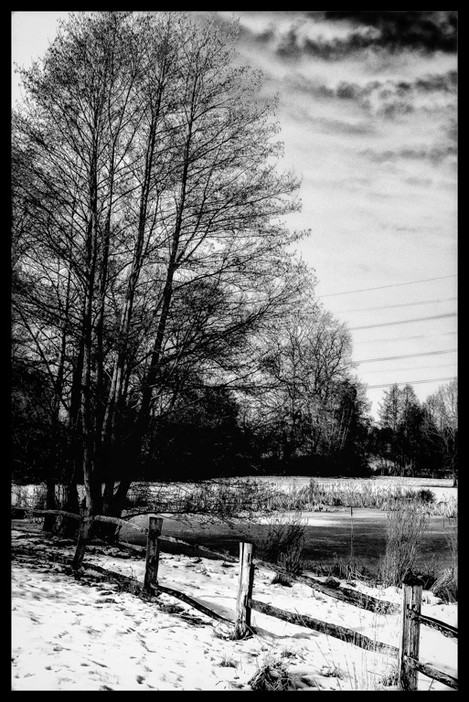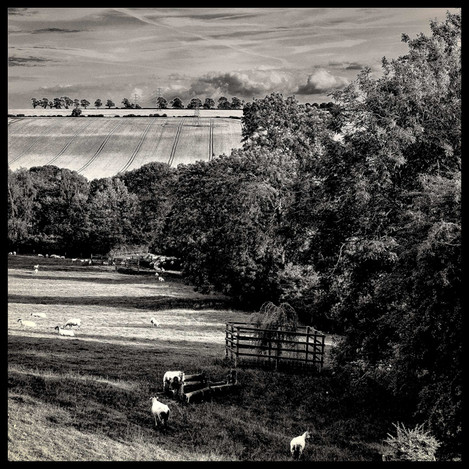Featured Photographer

Tim Parkin
Amateur Photographer who plays with big cameras and film when in between digital photographs.
Paul Harris was born and grew up in Hackney, east London. After a variety of jobs he became a professional photographer, then Multiple Sclerosis put him in a wheelchair and now Marian, his wife of nearly 30 years, takes him on photo trips every week and they explore the lovely countryside, villages and coastlines of NE Essex and south Suffolk.
Can you tell me a little about your education, childhood passions, early exposure to photography and vocation?
When I was about 7 or 8 my father bought me a Kodak Brownie, which had 620 black and white roll film (everything was b&w in those days!). It had a yellow filter which could be put across the lens by pulling a lever out and focussing was done by pulling a lever in or out. I was taught b&w processing at school. I took my Brownie to school and the art teacher said it was a plastic lens so he lent me his Rolleiflex to use around the school (my introduction to the square format!). Where I came from nobody thought of photography as a potential career.
The River Lee and Mill Fields was our “countryside” and I took pictures of horses on the tow path pulling barges.
What are you most proud of in your photography?
I am proud of reactions I have had from people who have had my pictures hanging on their walls and said they liked the atmosphere they evoked.
I am also proud of being largely self-taught and having made a living from photography. I worked as a freelance from our studio flat in Richmond (Surrey) working mostly for magazines that served industries, such as Computing, Accountancy Age, GP, Broadcast, etc. I also had some interesting assignments from Kent Life and Sussex Life illustrating articles and I did some theatre work and model’s portfolios. Many a time I would be printing through the night in the makeshift darkroom in the bathroom (until my wife came in in the morning wanting a shower!). A motorbike courier would pick up the pictures the next day.
In most photographers lives there are 'epiphanic’ moments where things become clear, or new directions are formed. What were your two main moments and how did they change your photography?
I visited “PhotoWorld” in about 1980 armed with a Polaroid camera. I couldn’t understand how other people had close-ups and wide-angled shots until I looked down an SLR. I saved up and bought a Pentax K1000 (using Ilford FP4 or Kodak Tri-X film). The other main encouragement came from going to the Camera Club where I learnt about all aspects of photography including developing and printing, lighting, using models etc. from professionals and experienced amateur volunteers. I would also visit the Photographers Gallery, which was downstairs from the Camera Club (then in Leicester Square). I used to carry a camera with me everywhere “in case I caught Mrs Thatcher falling off a building”.
Tell me about why you love landscape photography? A little background on what your first passions were, what you studied and what job you ended up doing
Landscape photography is a relatively recent passion since I now live in a lovely part of Essex and enjoy the East Anglian countryside and coast.
I used to take portraits and street scenes a lot more when I lived in London and Richmond. As a teenager I wanted to become a film director after reading Frank Capra’s “Name above the Title”. Therefore I got a job in sound recording at the RNIB (following Capra’s advice to learn all aspects of film first-hand). I was offered a job as a tea boy at George Martin’s studios, but turned it down thinking it was beneath me, not realising that was the way in at that time.
After working on building sites with my dad, factory work, office work and no work, I saw an advertisement for Operating Department Assistants, so I took on the 2-year training thinking “well at least it’s 2 years work!”. After a year or two my dad became ill with terminal cancer and I found my professional detachment vanished so I had to give up. I was printing pictures at a studio for actors when I met my wife one lunchtime in the park. She encouraged me to start my own freelance photography business (“it’s now or never!”). It was building up quite well, but the recession came along and freelancers were the first to be cut, so I had to close. I got a job as “the” photographer at Brunel University in Uxbridge, which was quite varied but ultimately too much for one person and I got affected by stress with panic attacks and OCD. The OCD meant I couldn’t do developing and printing, so I actually gave up photography for a few years and turned to music. I came back to photography when I finally admitted that digital cameras were excellent quality and I taught myself computer processing. I love the immediacy of digital photography.
Could you tell us a little about the cameras and lenses you typically take on a trip and how they affect your photography.
I mostly use a Nikon D800 with a f2.8 24-70mm Nikkor lens 90% of the time, with a f4 12-24mm Nikkor DX lens and a f4.5 70-300mm Nikkor lens in my camera bag. Since my wife complains about sloping horizons (due to my weak right side) I now take a tripod with me (Manfrotto). Fortunately for my wife the heavy bag and tripod both fit on the back of my power chair seat! I usually start with the lens set at 35mm and then see if the scene needs it to be wider or longer.
What sort of post processing do you undertake on your pictures? Give me an idea of your workflow..
I use Photoshop CS6 and Nik Software.
Do you get many of your pictures printed and, if at all, where/how do you get them printed?
I don’t print many pictures, but I have exhibited locally and sold a variety of pictures. I print on my Epson R2400. I made an e-book of East Anglia, available on Issuu.com.
Tell me about the photographers that inspire you most. What books stimulated your interest in photography and who drove you forward, directly or indirectly, as you developed?
I was inspired by David Bailey and John Claridge, who showed me that working class people like me could become successful photographers. I still think Bailey is one of the best photographers and I also like John Swannell, Bob Carlos-Clarke, Bert Hardy, and Bill Brandt.
Tell me what your favourite two or three photographs are and a little bit about them.
Puddle
I like the way the cloud is reflected in the puddle
River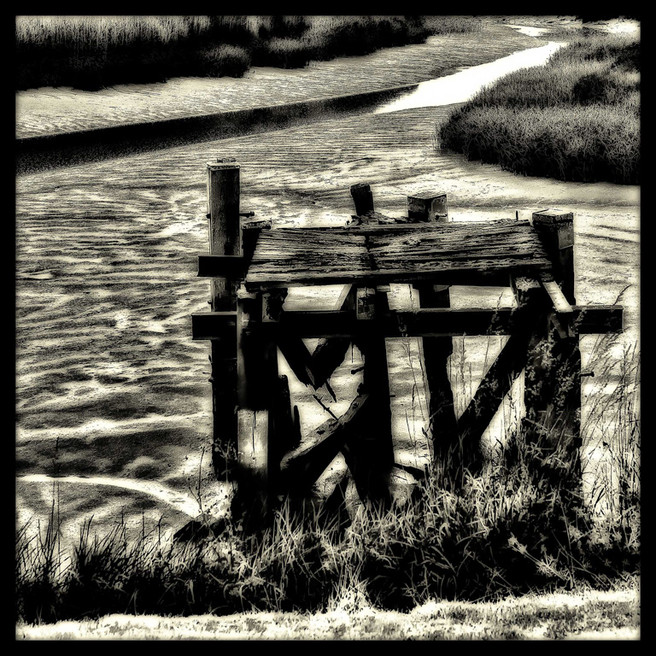
I like to have a human element in a landscape, and this man-made structure now seems to be part of the landscape.
How do you find trying to get to good photographic locations in a wheelchair? Do National Trust locations do anything to help for example?
In the earlier days of my MS I walked with a stick and then crutches. I sometimes fell over and was thankful for the solid metal bodies of the Nikon D300 and Nikon D2X! However, my camera bag was heavy over my right shoulder and the physiotherapist said “no wonder you have balance problems!” (you can tell what my 1st priority is!).
I have a lot more freedom to position myself now that I have got a powered wheelchair – I can even raise the seat to standing eye level for a better angle or to see over walls! (so not just useful for sitting at the bar!). It is quite good on rough terrain as well, but I can’t climb over stiles or get right out into countryside, so I am still somewhat limited. Neither will you find me getting up in the early morning to catch the dawn!
I have visited some NT properties, mostly just going round the grounds – some have maps marking wheelchair-accessible paths, but often they still have steps and don’t lead anywhere. Often the smaller organisations are more accommodating.
You obviously have a great deal of experience with black and white in the darkroom - how do you rate some of the software that supposedly simulates black and white film (if you use them)?/strong>
I found processing software quite easy to pick up as most of the principles are the same, for example burning in and dodging can be done in Photoshop. They mimic film quite well, where in Nik software and Alien Skins you can select the actual film, say Ilford Pan-F or Kodak Tri-X. I tend to just choose the effect I’m after directly, such as grainy or contrasty etc.
If you want, you can adjust a lot using software, for example putting the background out of focus, but I prefer to try to keep the discipline of getting what I want at the time of shooting and use relatively few effects – I think the quality is better that way.
If you were told you couldn’t do anything photography related for a week, what would you end up doing (i.e. Do you have a hobby other than photography..)
I’d feel lost without a camera (or depressed as during the period I was without photography). However, I also like watching films (many black and white films from the 1930s). I also like reading, particularly history and fiction from 1930s, 40s and 50s Britain.
What sorts of things do you think might challenge you in the future or do you have any photographs or styles that you want to investigate? Where do you see your photography going in terms of subject and style?
I like trying out different software for different effects, for example platinotype. I’m playing with Alien Skin software at the moment. As for the future, I take the things as they come, so more of the same but with different techniques learnt by reading or meeting different people.
Who do you think we should feature as our next photographer?
Paul Gallagher and his fantastic pictures of Scotland.
Thanks you for your answers Paul - If you would like to see more of Paul's work you can see his website.

